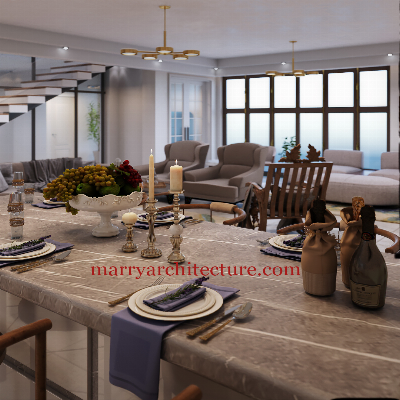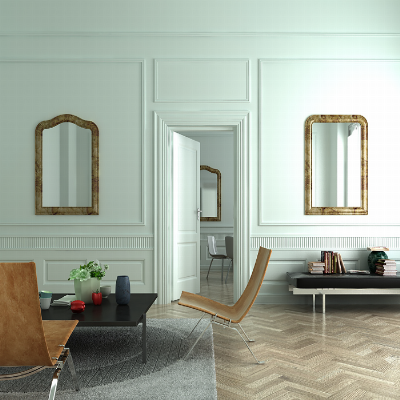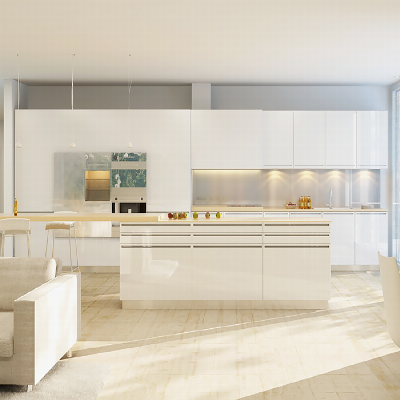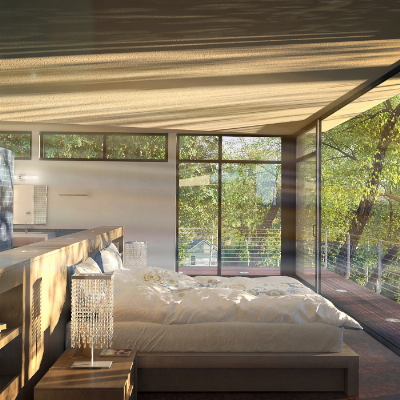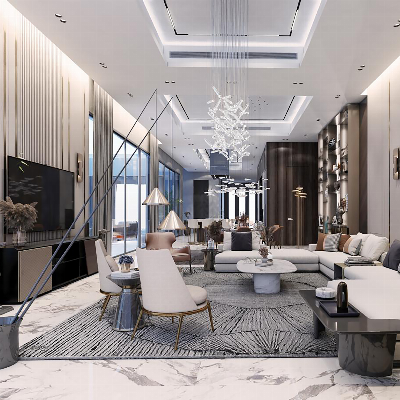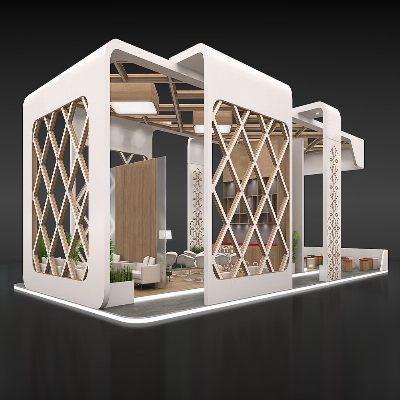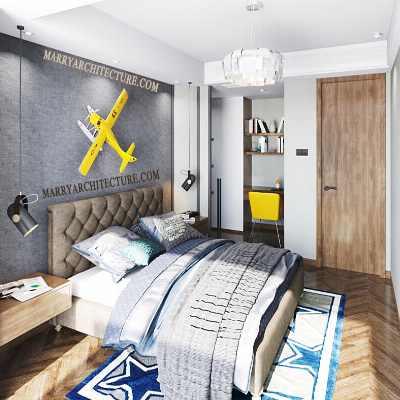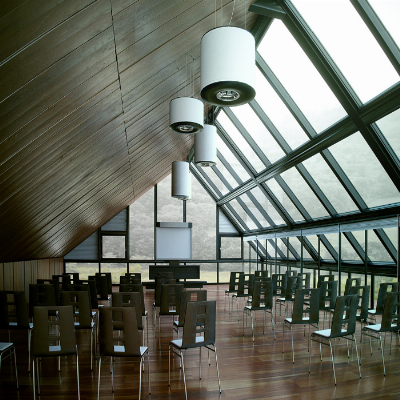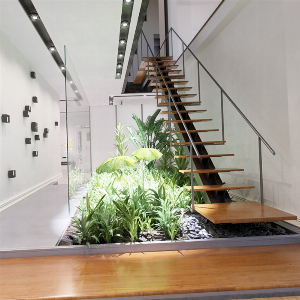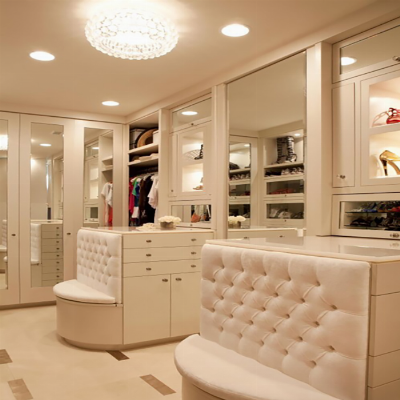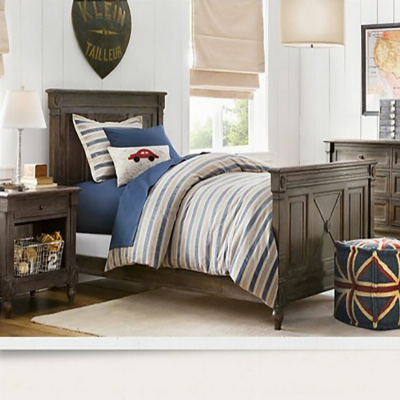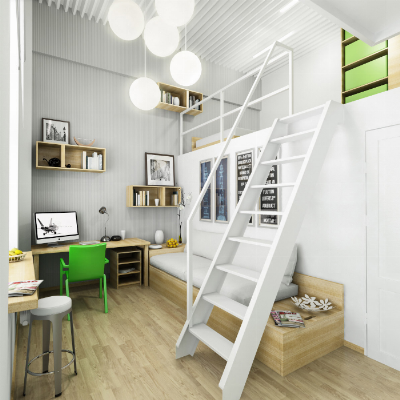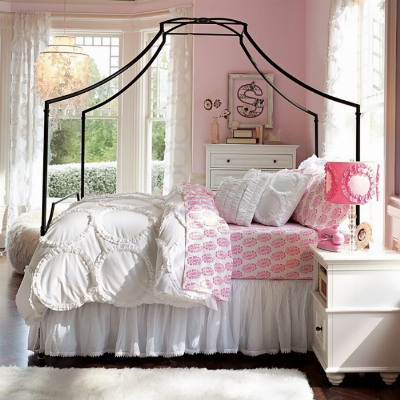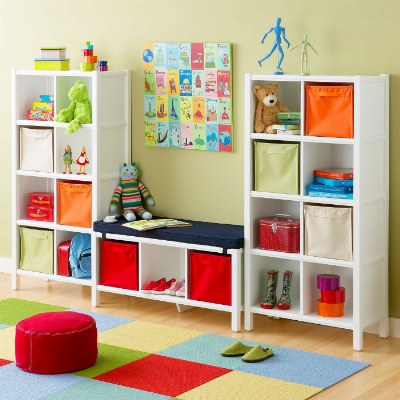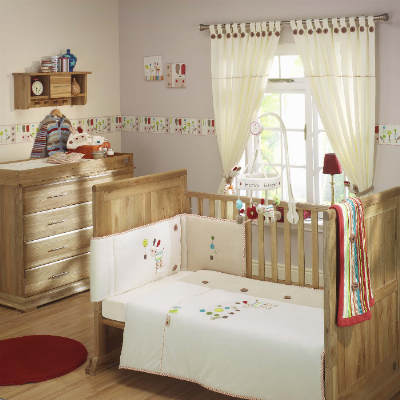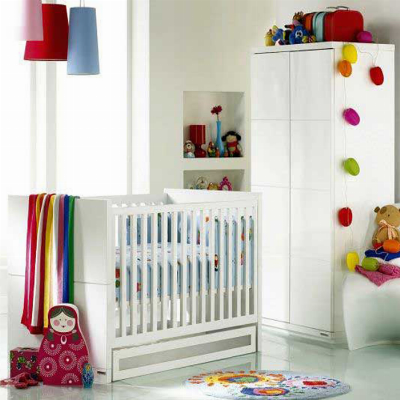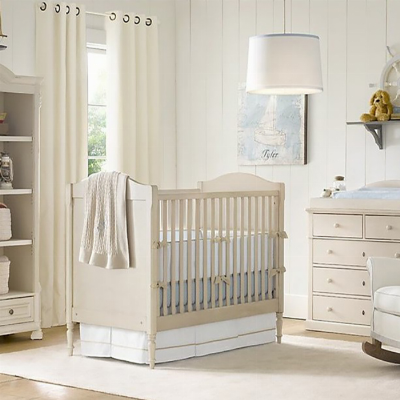The most important elements for house design can vary depending on personal preferences, lifestyle, location, and budget. However, some common elements that are generally considered important for house design are:
-
Functionality: A well-designed house should be functional and meet the needs of the occupants. This includes providing enough space for all the required activities, such as cooking, sleeping, and socializing.
-
Comfort: A house should be comfortable, with adequate heating and cooling systems, good ventilation, and insulation. It should also have sufficient natural light and views.
-
Safety: A house should be designed to ensure the safety of its occupants, with appropriate features such as smoke detectors, fire alarms, and secure locks on doors and windows.
-
Energy efficiency: An energy-efficient house can save money on utility bills and reduce its impact on the environment. This can be achieved through good insulation, efficient heating and cooling systems, and the use of renewable energy sources.
-
Durability: A house should be designed to last, with sturdy construction materials and a well-designed foundation. This can help ensure the longevity of the home and minimize maintenance costs.
-
Aesthetics: A well-designed house should also be aesthetically pleasing and reflect the personal style and preferences of its occupants. This includes consideration of factors such as color, texture, and shape.
-
Location and orientation: The location and orientation of a house can have a significant impact on its design. Factors such as the climate, topography, and views should be considered when designing a house to ensure optimal living conditions.
-
Flexibility: A house should be designed with flexibility in mind to accommodate changing needs and lifestyles of its occupants. This may include multi-functional spaces, adaptable room layouts, and modular furniture.
-
Storage: Sufficient storage is crucial in a house to keep it organized and free of clutter. Adequate storage space can be built-in, such as closets and cabinets, or added through the use of furniture.
-
Outdoor living: Outdoor living spaces can be an extension of the indoor living areas and can provide a space for relaxation, entertainment, and recreation. Design elements such as landscaping, hardscaping, and outdoor furniture can be used to create a functional and inviting outdoor space.
-
Technology: The integration of technology into house design is becoming increasingly important, from smart home systems to energy-efficient appliances. The incorporation of technology can improve the efficiency and convenience of a home.
-
Sustainability: Sustainability is becoming an increasingly important element in house design, with a focus on reducing the environmental impact of a home. This can include features such as rainwater harvesting, solar panels, and green roofs.
-
Accessibility: A house should be designed with accessibility in mind to ensure that it can be used by people of all ages and abilities. This may include features such as ramps, wider doorways, and grab bars in bathrooms.
-
Budget: Finally, budget is a crucial element in house design as it can dictate the design and materials used. It is important to consider the cost of construction and maintenance when designing a house to ensure that it is financially feasible.
-
Privacy: Privacy is an essential element in house design, especially in areas such as bedrooms, bathrooms, and study rooms. Proper placement of windows and doors, fencing, and landscaping can be used to provide privacy to the occupants.
-
Noise control: Noise control is another important element in house design, especially in urban areas. Proper insulation, sound-absorbing materials, and double-glazed windows can be used to reduce the noise levels inside the house.
-
Natural elements: Incorporating natural elements such as plants, water features, and natural light can create a calming and soothing environment within the house. This can improve the health and well-being of the occupants.
-
Maintenance: Proper consideration of maintenance is crucial in house design to ensure that the house remains functional and aesthetically pleasing over time. Low-maintenance materials and easy-to-clean surfaces can be used to minimize maintenance requirements.
-
Cultural context: House design should also consider the cultural context of the area. This includes factors such as local architectural styles, building regulations, and cultural traditions.
-
Future resale value: Finally, the design of the house should also consider the potential resale value. Certain design elements such as a functional floor plan, high-quality finishes, and modern technology can increase the resale value of the house.
-
Lighting: Proper lighting is crucial in house design, as it can affect the mood, functionality, and aesthetics of a space. A good lighting design should provide adequate light for different activities and create a comfortable and inviting atmosphere.
-
Traffic flow: A well-designed house should have a logical and efficient traffic flow, with easy access to different areas of the house. This can be achieved through the placement of doors, windows, and furniture.
-
Materials: The choice of materials used in house design can have a significant impact on the overall quality, durability, and aesthetic appeal of the house. High-quality materials can improve the functionality and durability of the house, while also creating a more attractive and comfortable living environment.
-
Building codes and regulations: House design should also comply with local building codes and regulations to ensure the safety and legal compliance of the house. This includes factors such as structural requirements, fire safety, and energy efficiency standards.
-
Personalization: Finally, house design should allow for personalization to reflect the unique needs and preferences of the occupants. This can include the incorporation of personal artwork, photos, and decorative items. Personalization can create a sense of comfort and belonging within the house.
-
Privacy and outdoor living: A well-designed outdoor space should also provide privacy to the occupants. This can be achieved through landscaping, fencing, and screening. Privacy can create a more comfortable and inviting outdoor space for relaxation and entertainment.
-
Accessibility and safety for children and pets: House design should also consider the safety and accessibility of children and pets. Features such as childproof locks, safety gates, and non-toxic materials can improve the safety of the house for young children and pets.
-
Views and natural surroundings: The design of the house should also consider the surrounding environment and views. The placement of windows and outdoor living spaces can provide access to natural surroundings and stunning views.
-
Interior design: Interior design elements such as color, texture, and furnishings can enhance the overall aesthetics and functionality of the house. Proper consideration of interior design can create a comfortable, stylish, and inviting living environment.
-
Resilience and disaster preparedness: House design should also consider resilience and disaster preparedness, especially in areas prone to natural disasters. Features such as reinforced structures, backup power, and emergency supplies can improve the resilience of the house during emergencies.
-
Climate and weather: House design should also consider the local climate and weather conditions to ensure optimal comfort and energy efficiency. Features such as insulation, ventilation, and shading can be used to regulate temperature and reduce energy consumption.
-
Building orientation: Proper building orientation can maximize natural light and ventilation, while minimizing energy consumption. The orientation of the house should be considered in relation to the sun and wind patterns.
-
Acoustics: Acoustics is an important element in house design, especially in areas such as home theaters and music rooms. Proper insulation, sound-absorbing materials, and room acoustics can enhance the listening experience.
-
Ergonomics: House design should also consider ergonomics to ensure optimal comfort and functionality. Features such as adjustable seating and workstations, as well as proper lighting and ventilation, can improve the ergonomic design of the house.
-
Multigenerational living: With the increasing trend of multigenerational living, house design should also consider the needs of different generations living together. This can include features such as separate living spaces, accessible bathrooms, and shared living areas.
-
Cultural heritage and traditions: House design should also consider cultural heritage and traditions to create a sense of belonging and cultural identity. This can include the incorporation of cultural motifs, artworks, and design elements.
-
Environmental impact: House design should also consider the environmental impact of construction and materials used. The use of sustainable materials, renewable energy sources, and green technologies can reduce the environmental impact of the house.
-
Neighborhood and community: House design should also consider the surrounding neighborhood and community. The design of the house should be consistent with the character of the neighborhood, and should also encourage social interaction and community engagement.
-
Storage: Storage is an essential element in house design, as it can affect the functionality and aesthetics of a space. Proper storage solutions can improve organization and reduce clutter, creating a more comfortable and inviting living environment.
-
Flexibility: House design should also consider flexibility, allowing for changes in the needs and preferences of the occupants. Features such as convertible spaces, modular furniture, and adaptable layouts can create a more flexible and functional living environment.
-
Technology: The integration of technology in house design can improve the functionality and convenience of the house. Features such as home automation, smart lighting, and energy management systems can enhance the efficiency and comfort of the house.
-
Sustainability: House design should also consider sustainability, with a focus on reducing energy consumption and minimizing environmental impact. Features such as energy-efficient appliances, solar panels, and water-saving fixtures can improve the sustainability of the house.
-
Quality of construction: The quality of construction is a critical element in house design, as it can affect the durability, safety, and overall value of the house. Proper construction techniques and high-quality materials can ensure the longevity and safety of the house.
-
Long-term investment: House design should also consider the long-term investment potential of the house. Features such as durable materials, efficient systems, and modern design can increase the value of the house over time.
-
Integration with nature: Finally, house design should consider the integration with nature to create a harmonious and sustainable living environment. This can include features such as green roofs, rainwater harvesting, and natural landscaping.

